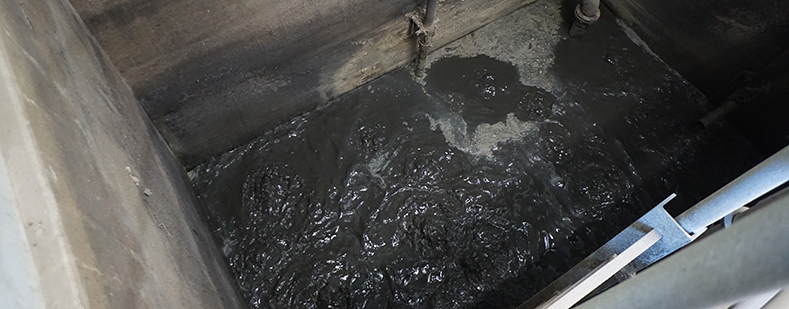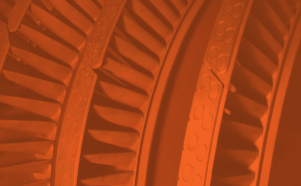When conducting surface preparation work in wastewater treatment plants, there are many factors to consider before blasting ever begins. For example: protecting the pipes, sensitive equipment, and electrical conduit from abrasive dust and ricochet. Not to mention ensuring that the ventilation system is not overwhelmed with abrasive dust.
Read more >
Abrasive blasting is often a dusty process. When contractors are required to blast near highly sensitive equipment or in areas where air quality is very important, they often need to sacrifice superior surface prep methods or erect extreme containment. At NASA’s Kennedy Space Center in Cape Canaveral, Florida one contractor was tasked with this difficult challenge - providing the highest quality surface prep and low dust blasting with Sponge Media.
Read more >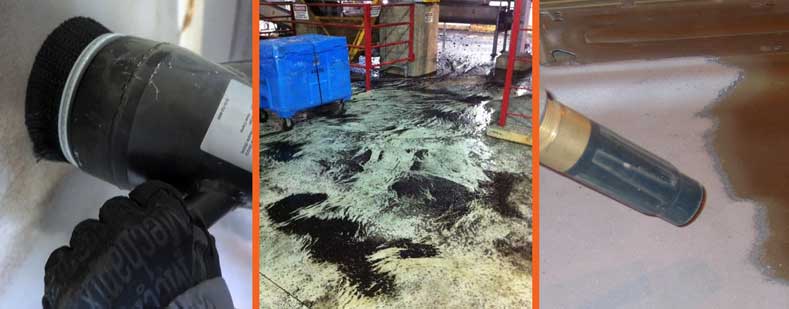
Dust is a notorious side effect of abrasive blasting. Blast nozzles introduce a tremendous amount of air to a small area, whipping small pieces of grit, many hundreds of miles per hour into a surface that may be very dirty. As abrasive media come into contact with a substrate, dust is created as the coating is removed, as the abrasive profiles the substrate, and as the abrasive shatters.
Read more >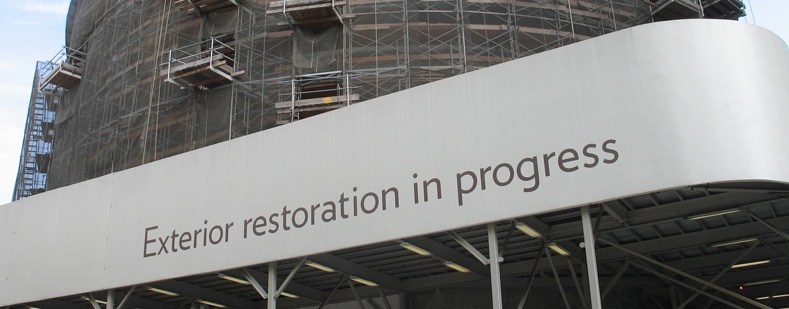
After 50 years of exposure to the elements, the Frank Lloyd Wright-designed Guggenheim Museum on New York City’s 5th Avenue needed help.
The art museum’s exterior concrete rotunda wall, which corkscrews outward as the building gets taller, was beset by hundreds of cracks ranging from hairlines to those that exposed steel reinforcement bars buried in 5-inch-thick (12.7 cm) concrete. And that’s just what Guggenheim’s team of architects, engineers, and restoration experts could see! Who knew what else lie beneath 12 layers of coatings applied over the decades?
Read more >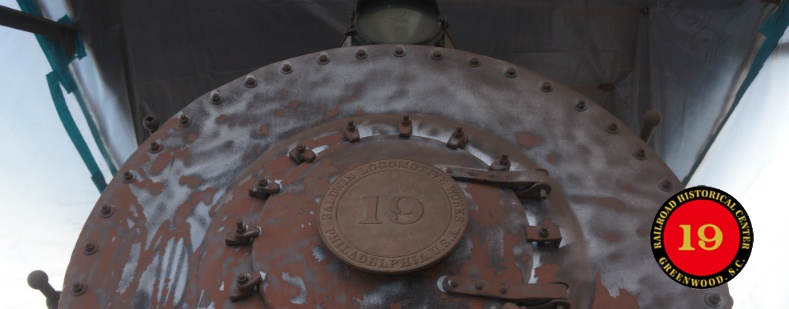
Sponge-Jet is pleased to have been used as the method of choice for the restoration of the 1906 Baldwin Locomotive Works’ Steam Engine 19. Engine 19 has a notable history including being the only engine manned by an all African-American crew in the Carolinas. Through much of its service life, Engine 19 would transport blue granite and crushed stone throughout the region. The steam engine was first acquired by The Railroad Historical Center, located in Greenwood, SC, in 1970. With recent funding support, its preservation became a priority to the museum.
Read more >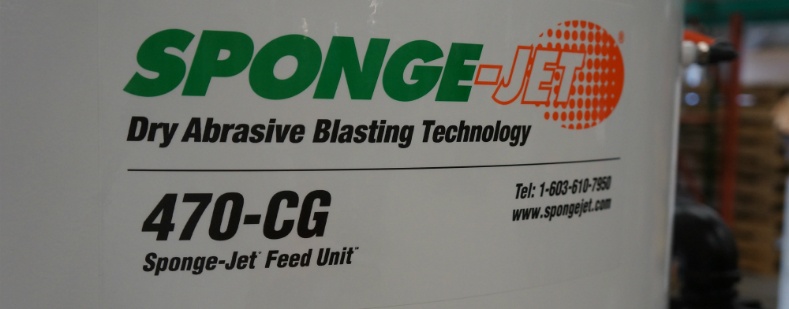
Exciting news from Sponge-Jet…We are releasing our second model designed to handle the rigors and challenges that paint and blasting contractors face while maintaining the versatility they require.
Read more >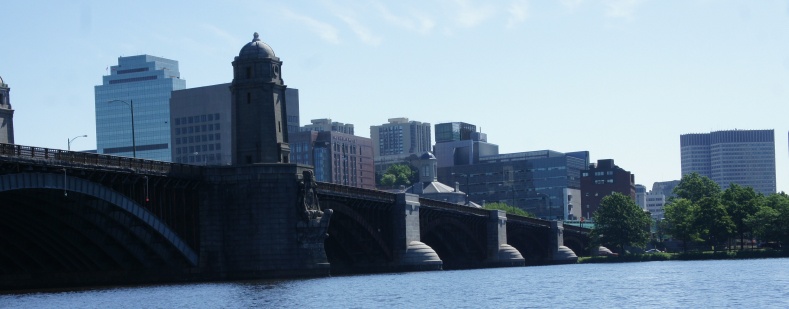
Projects involving granite substrates are a contractor’s most common kind of masonry restoration. Granite is a beautiful, durable stone used on the interior and exterior of buildings, structures, and monuments.It has a Mohs hardness ratings between six and seven and therefore capable of withstanding the demands of everyday life.
Read more >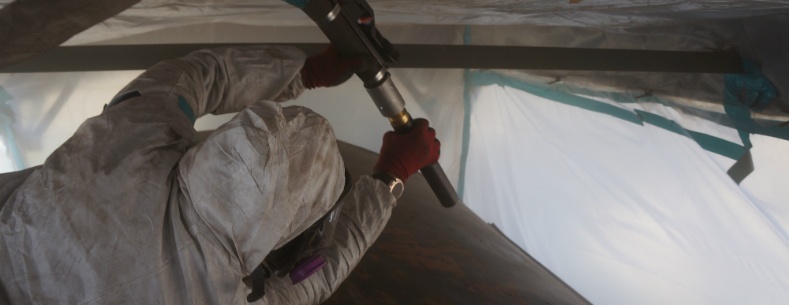
Many abrasive blasting industry products claim to offer low dust, dust free, or dustless blasting. In reality, no blasting media is dust free. “Dustless blasting” is a term commonly used to describe blasting that creates less dust (or fugitive airborne emissions) than traditional blasting methods. Abrasive blasting products prepare surfaces by striking substrates at high velocities using large volumes of compressed air. Sometimes the volume of air alone can generate airborne particles without any blasting being done.
Read more >
